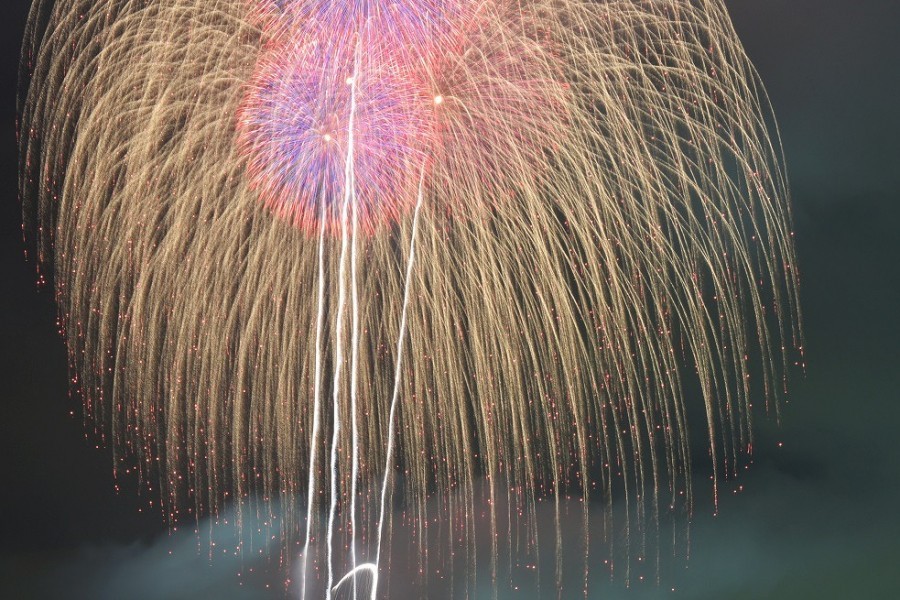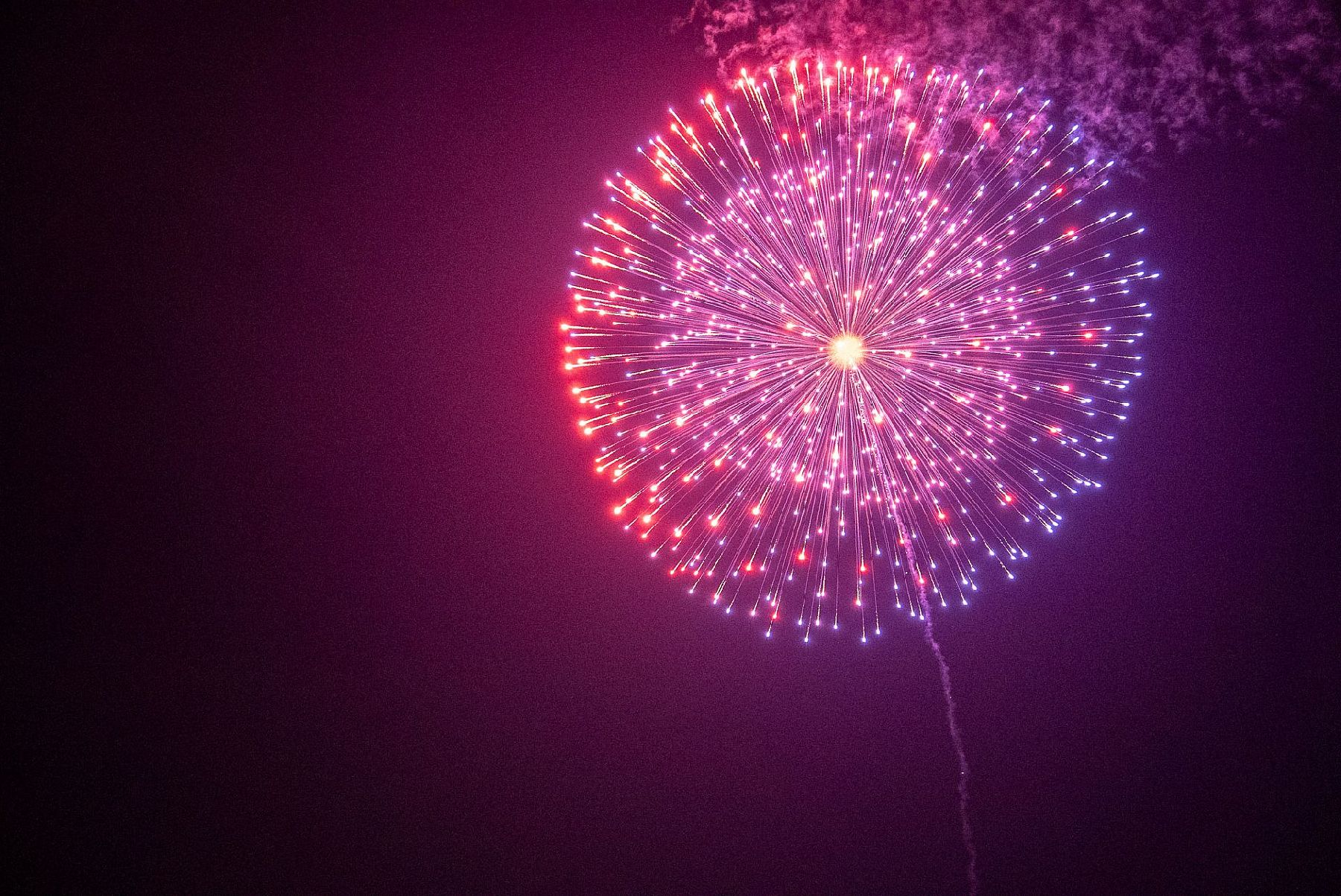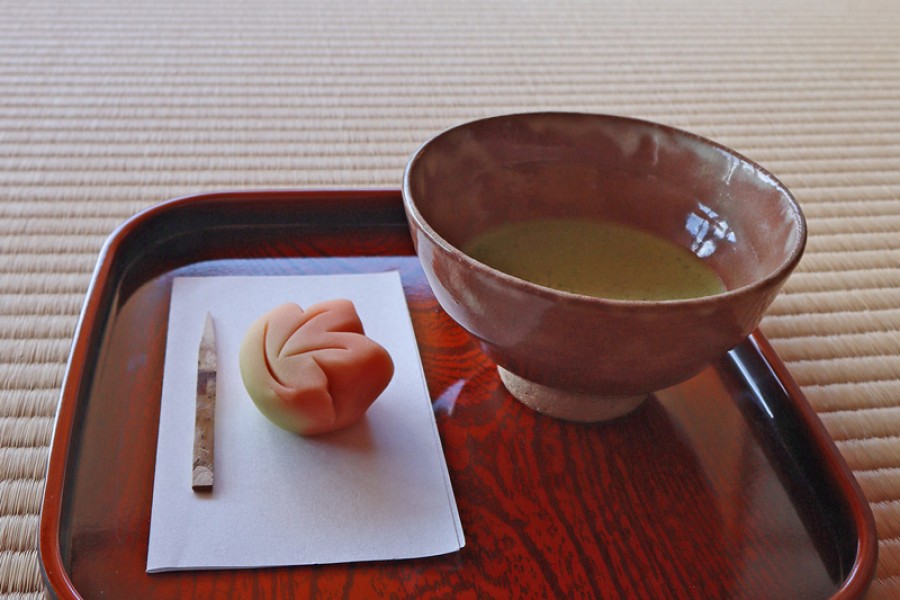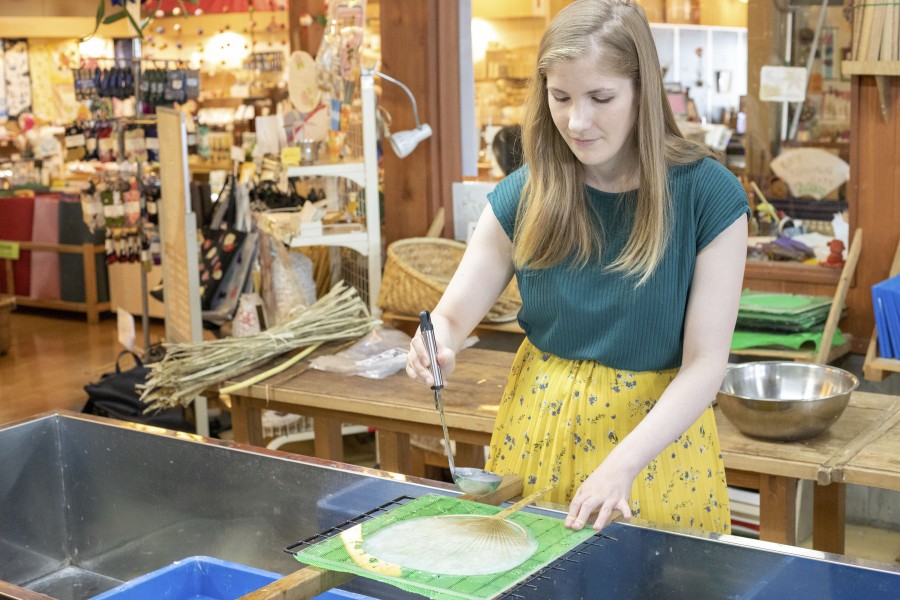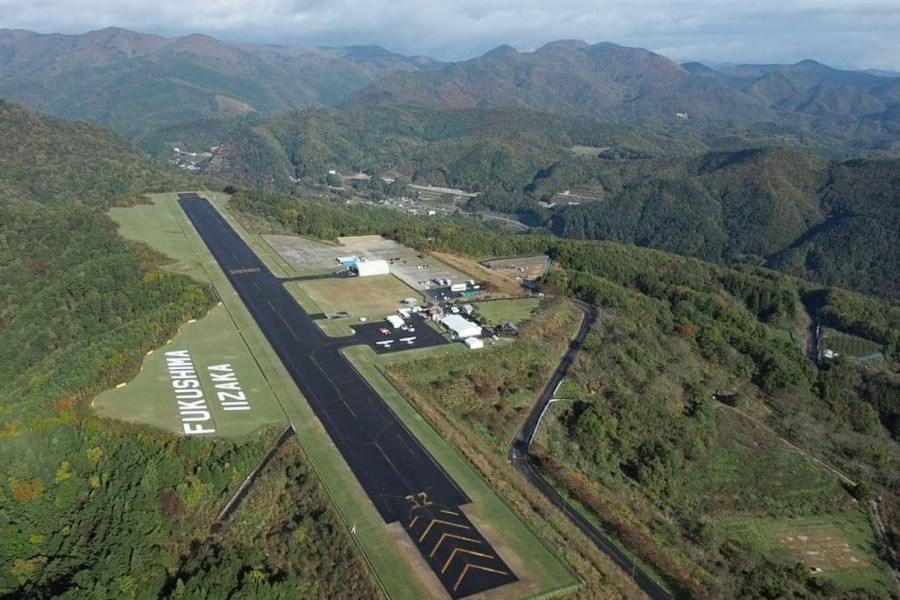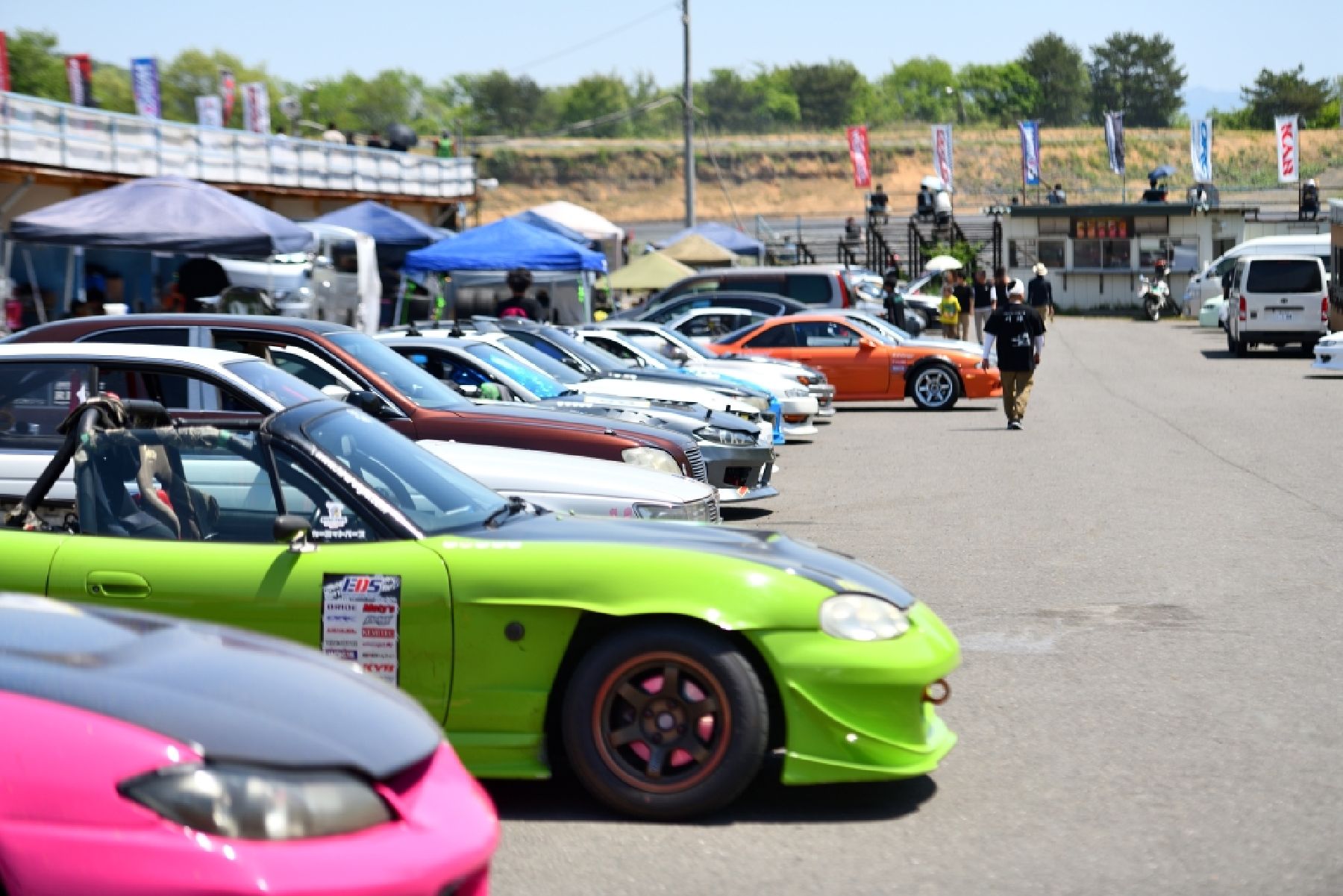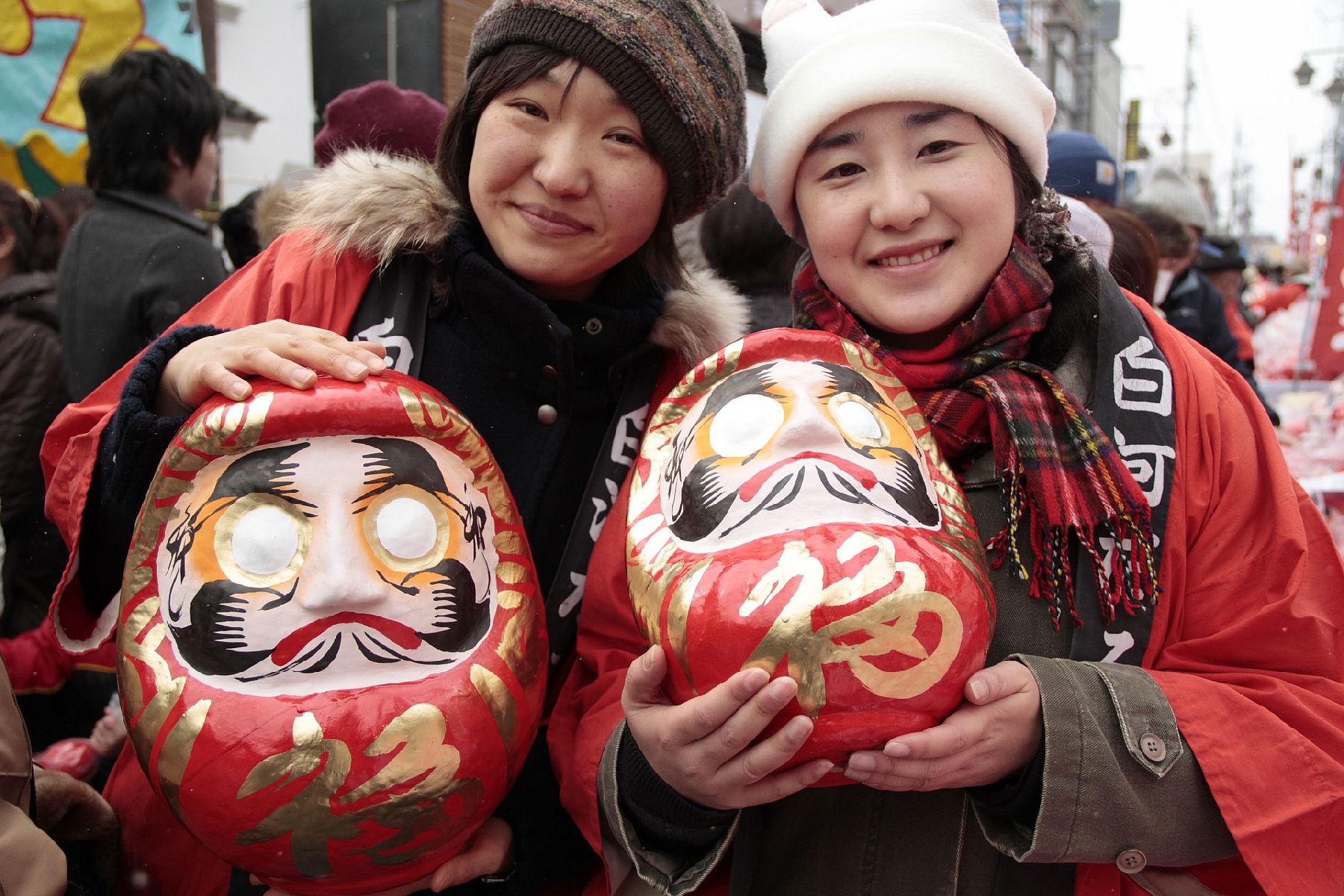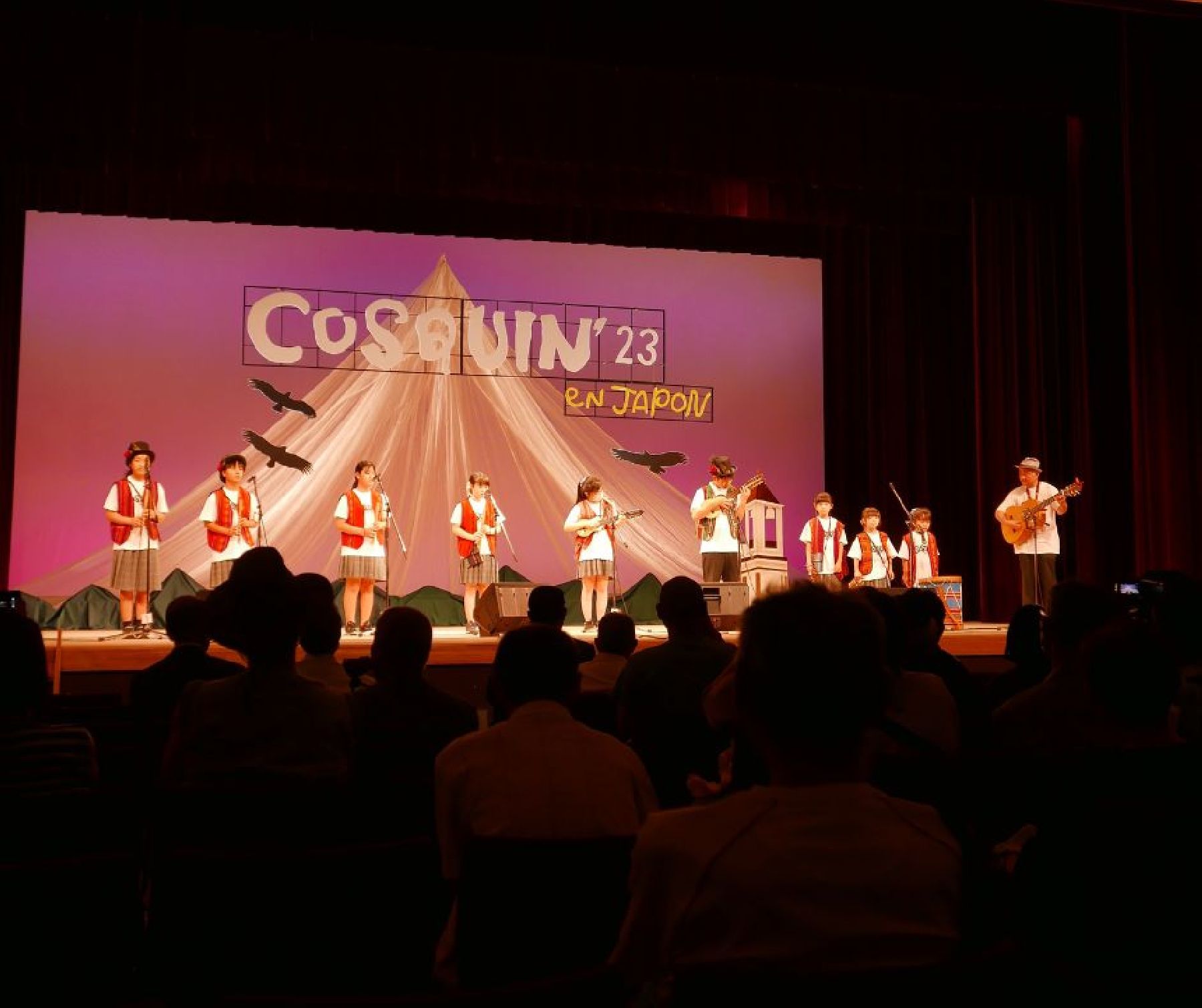A Summertime Traditional Experience
There’s no better way to celebrate summertime in Japan than with an impressive display of fireworks and masterful pyrotechnics along the riverside with a cold drink. Begin your Japanese summer adventure at Fukushima Station and travel by bus to the site of the Fukushima Fireworks Festival. Be prepared to be wowed as the night sky comes alive with a spectacle of lights and color. Let the sound of the fireworks, like rolling thunder, wash over your senses as you ooh and ah at the magnificent displays. The next day, make your way to the Soma Nomaoi to see the masterful horsemanship before your very eyes. The Soma Nomaoi has been performed abroad and was originated hundreds of years ago from military training carried out on horseback. Feel history and culture come to life and ignore the heat of summer with these fascinating and awe-inspiring experiences. Finish up your trip at Fukushima Station where you can do a spot of shopping before heading home. Please note, while Fukushima Fireworks Festival and Soma Nomaoi are generally held on the same weekend in July, please make sure to check the dates before planning your trip. Also, please be aware that the Fukushima Fireworks Festival may be cancelled in the event of rain.
